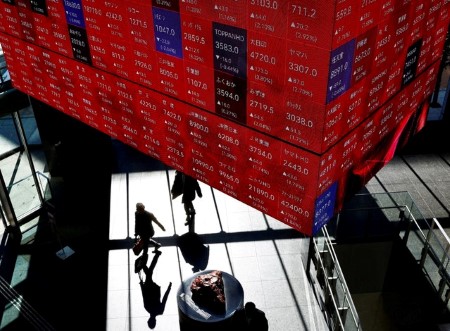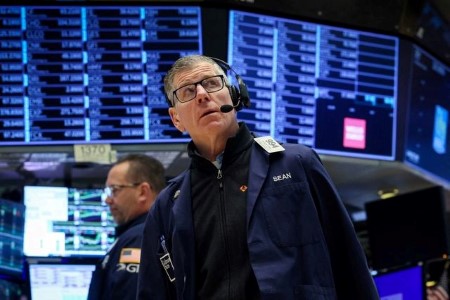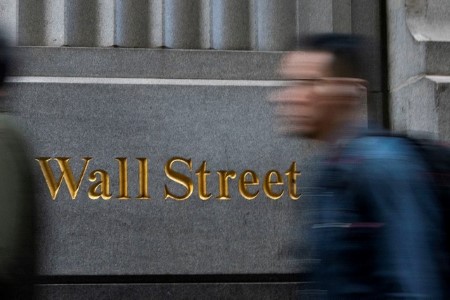April 10 – Oil prices settled up USD 1 on Wednesday after three sons of a Hamas leader were killed in an Israeli airstrike in the Gaza Strip, feeding worries that ceasefire talks might stall.
Brent crude futures settled up USD 1.06, or 1.2%, to USD 90.48 per barrel while US West Texas Intermediate (WTI) crude futures settled up 98 cents, or 1.2%, to USD 86.21.
“The oil market has been and continues to be very reactive to news out of Gaza,” said John Kilduff, partner at Again Capital LLC in New York.
The Israeli military confirmed carrying out the attack, describing the three sons as operatives in the Hamas armed wing. On Tuesday, Hamas said it was studying an Israeli ceasefire proposal in the more than six-month-old Gaza war but called it was “intransigent” and said it met none of the Palestinian demands.
A continuing conflict could drag in other countries, particularly Hamas-backer Iran, the third-largest producer in the Organization of the Petroleum Exporting Countries (OPEC).
Mexico’s decision to curb crude exports in order to supply domestic refineries also supported prices and led to record-low US imports of Mexican crude in early April.
In early trade oil prices fell after US government data showed crude oil and fuel inventories swelled by much more than expected on weak demand and lower oil exports.
US crude stocks climbed by 5.8 million barrels in the week ended April 5, more than double the rise of about 2.4 million barrels analysts had expected. Refined products inventories rose unexpectedly with gasoline up by 700,000 barrels and distillate stocks by 1.7 million barrels.
The US Energy Information Administration (EIA) data also showed a roughly 2.1 million barrel per day (bpd) drop in oil product supplied, a proxy for fuel demand, and a 2.7 million bpd drop in crude oil exports.
“Some of the heat has come out of the rally in crude oil in the early part of this week on hopes of a ceasefire in Gaza and higher US inventories,” said Tony Sycamore, a market analyst at IG in Singapore.
Separately, the US EIA sharply raised its forecast for crude oil output. It anticipates an increase of 280,000 bpd to 13.21 million bpd in 2024, up from its earlier forecast of a 20,000 bpd increase.
The EIA said it expects Brent crude prices to average USD 88.55 a barrel in 2024, up from a previous forecast of USD 87, and it upgraded its demand growth forecast for the past two years.
“Broadly it reconfirmed an oil market outlook with OPEC+ in good control of the oil market,” SEB analyst Bjarne Schieldrop said.
OPEC’s monthly oil market report will be published Thursday, April 11 and the International Energy Agency’s oil market report will be published Friday, April 12.
(Additional reporting by Ahmad Ghaddar and Noah Browning in London and Andrew Hayley in Beijing; editing by Jason Neely, Christina Fincher, David Gregorio, and Barbara Lewis)







 DOWNLOAD
DOWNLOAD













